|
I am a machine learning engineering at AcertPix in São Paulo, where I work on computer vision and machine learning. I did my bachelor's degrees in Computer Science from Federal University at Rio Grande do Norte, where I was advised by Profs. Bruno Motta de Carvalho and Bruno Santana da Silva. I did my MSc. in Computer Science at Institute of Informatics in the Federal University at Rio Grande do Sul, where I was advised by prof. Manuel de Oliveira Email / CV / Google Scholar / Lattes / Linkedin |

|
|
I'm interested in computer vision, machine learning, optimization, image processing, computational photography and human-computer interaction. |
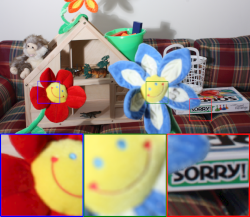
|
Alex R. Cunha Lima, Arthur M. Medeiros, Vitor G. Marques and Manuel M. Oliveira The Visual Computer, Volume 37 (9) , 2021, pp. 2581-2593. , 2021 We present a real-time technique for simulating accommodation and low-order aberrations (e.g., myopia, hyperopia, and astigmatism) of the human eye. Our approach models the corresponding point spread function, producing realistic depth-dependent simulations. Real-time performance is achieved with the use of a novel light-gathering tree data structure, which allows us to approximate the contributions of over 300 samples per pixel under 6 ms per frame. For comparison, with the same time budget, an optimized ray tracer exploring specialized hardware acceleration traces two samples per pixel. We demonstrate the effectiveness of our approach through a series of qualitative and quantitative experiments on images with depth from real environments. Our results achieved SSIM values ranging from 0.94 to 0.99 and PSNR ranging from 32.4 to 43.0 in objective evaluations, indicating good agreement with the ground truth. |
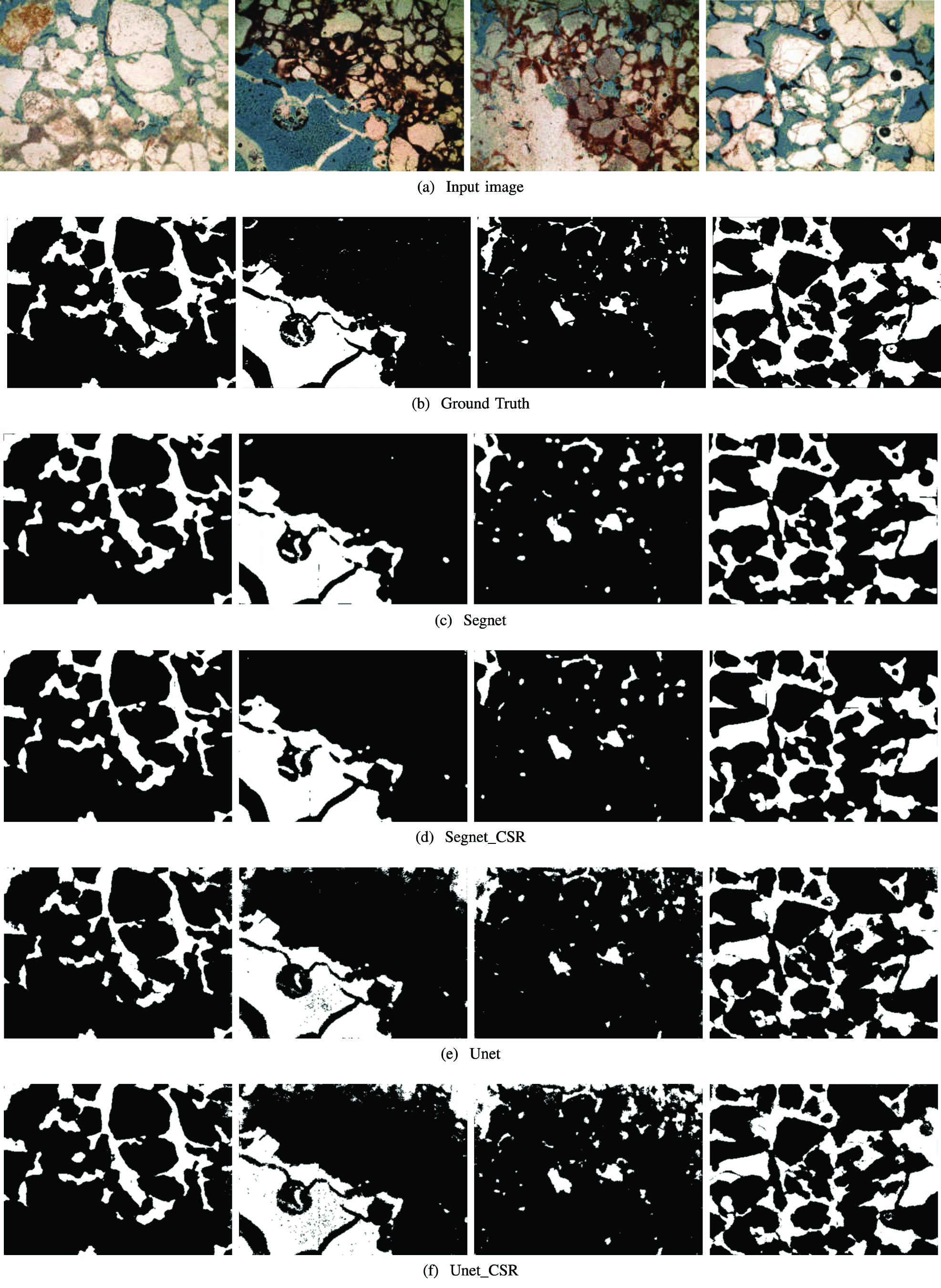
|
Vítor G. Marques, Luis R. D. da Silva, Bruno M. de Carvalho, Leandson R. F. de Lucena, Marcela M. Vieira IWSSIP, 2019 We proposed a method for segmenting and classifying thin rock sections into pores and background (comprised of rocks and cement), by using a procedure that performs color space reduction on the CIELab space and pixel classification using convolutional networks. |
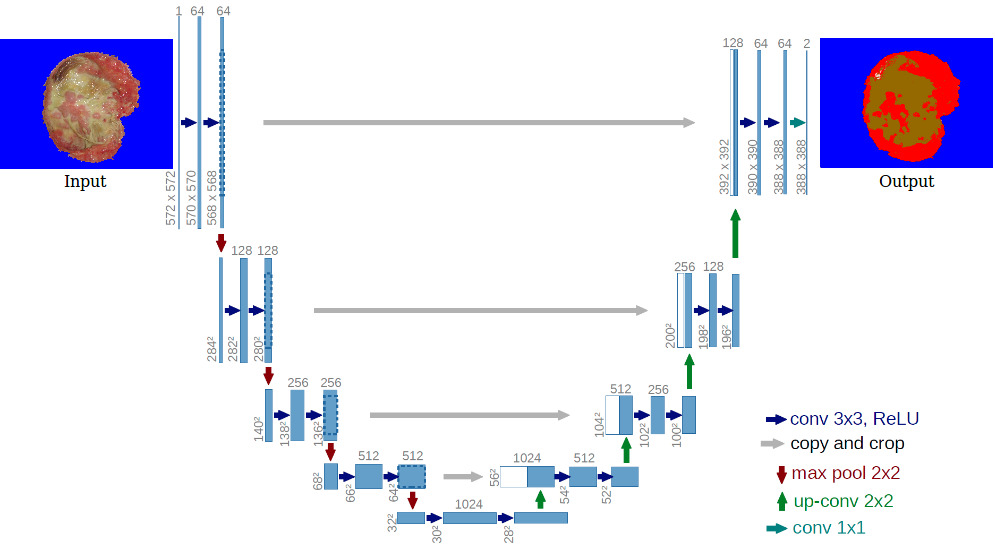
|
Vítor Godeiro, José F. Silva Neto, Bruno Motta de Carvalho, Julianny Barreto Ferraz, Bruno Santana da Silva, Renata Antonaci Gama MLSP, 2018 We proposed a method for segmenting and classifying chronic ulcers into three types of tissues. Our method consists of a step for reducing the noise, followed by the watershed based segmentation of the ulcer, color space reduction on the CIELab space and tissue classification using the U-Net. |
|
|
 |
|
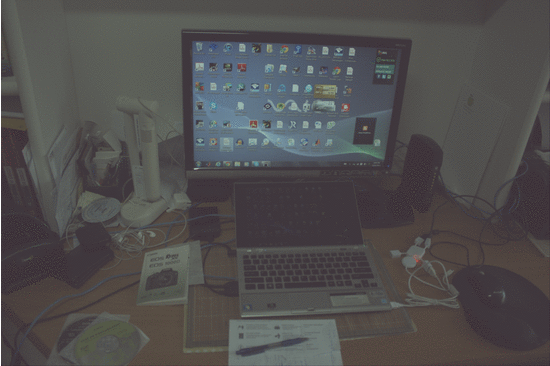 |
|
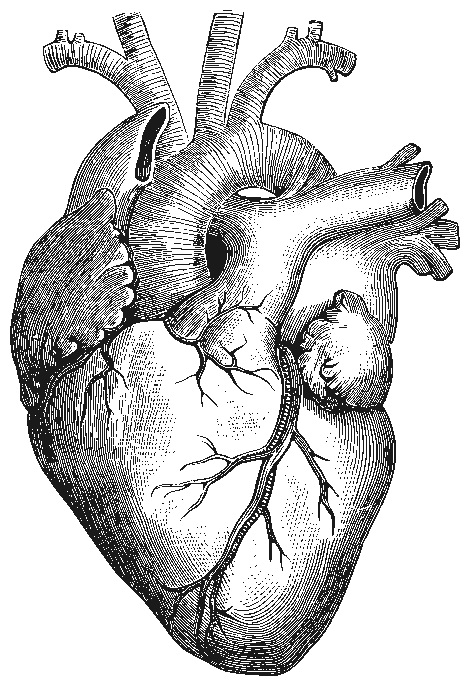 |
|
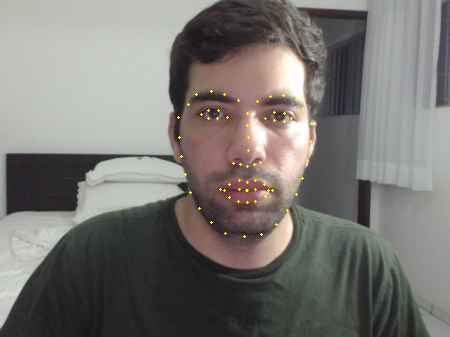 |
|
 |
|
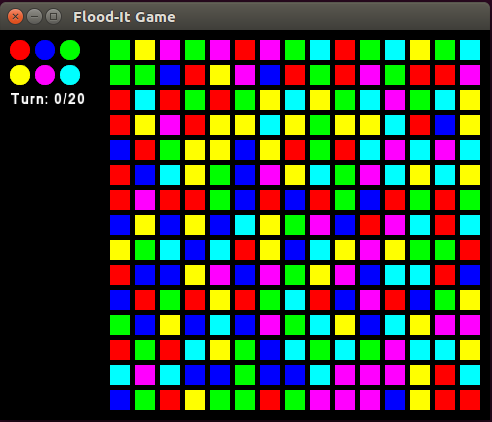 |
|
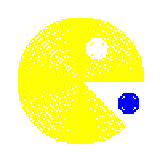 |
|
|
Erdös = 4 |